Ezat Mossallanjed holds Ph.D. degree in Political Economy He has been working with refugees and traumatized (including LGBTI) clients since the year 1980. He joined the Canadian Centre for Victims of Torture (CCVT) as a Director on the Board in 1992 and a staff Counselor in 1997. Presently, he works with the Centre simultaneously a Settlement/Trauma Counsellor and Policy Analyst. Apart from providing traumatized clients with face-to-face trauma counselling, He has acted as the editor of the First Light, the bi-annual journal of the CCVT. Prior to working with the CCVT, he was working as a Youth Counsellor with St. Christopher House and as the Coordinator of the Jesuit Refugee Service-Canada. He has served as the editor and a member of the Editorial Board of Refugee Update and the Chair of the Board of Culturelink and a Board member of the Inter-Church Committee for Refugees. He is one of the founding members of the Canadian Centre for International Justice (CCIJ). He has given lectures on torture and trauma in various colleges and universities in an outside Canada. He has served as a part-time professor of immigration, trauma, diversity and social policy at Seneca College. He is the author of books such as Political Economy of Oil (1986), Torture in the Age of Fear (2005), Religions and the Cruel Return of Gods (2012), Crimes and Punishment in Islam (2014), and The Silence of Fairy (2018). He has closely worked with different United Nations bodies and in his mission for protection of refugees and survivors, he has travelled to different countries including USA, Mexico, Rwanda, Switzerland, Austria, Australia, Nigeria, Uganda, Thailand, India and Cyprus.
I have given presentations to schools, colleges and universities in and outside Canada. I have taught immigration, trauma and diversity at Seneca College for one and a half years plus one semester at York University. I have given workshops at the Canadian Centre for Victims of Torture (CCVT), the Canadian Council for Refugees, and the United Nations human rights bodies, I have used different methods depending on my audience: participatory with questions and answers, lecture, small group sessions, etc.
The same as mentioned about presentation
The same as befor



